Human Cystatin C ELISA Kit
$245.00 – $350.00
ELISA Kit Detail Information
| Related Target | |
|---|---|
| Species | human |
| Sample Type | Serum, plasma, cell culture supernatant, and other biological samples |
| Sample Volume | 100 μL |
| Sensitivity | 10.57 pg/mL |
| Array Range | 31.25 pg/mL – 2000 pg/mL |
| Assay Time | 3.5 h |
| Recovery | 85% – 115% |
| Average Recovery | 98% |
| Intra Precision | 3.3% – 7.9% |
| Inter Precision | 3.1% – 6.2% |
| Plate | Detachable 96-well plate |
| Storage | If the reagent kit is unopened, it should be stored at 4℃. However, if it has been opened, the standard solution should be stored at -20℃, while the other components should be stored at 4℃. |
| Delivery | 4℃ blue ice transportation |
| Components | 96-well polystyrene enzyme-linked immunosorbent assay (ELISA) plate coated with anti-Cystatin C monoclonal antibody Human Cystatin C freeze-dried standard Cystatin C detect Antibody Standard Diluent Assay Buffer(10×) Substrate TMB Stop Solution Washing Buffer(20×) Sealing Film |
| Assay Principle | This kit utilizes the double antibody sandwich enzyme-linked immunosorbent assay (ELISA) detection technique.Specific anti-human Cystatin C antibodies are precoated on a high-affinity ELISA plate. Standard samples, test samples, and biotinylated detection antibodies are added to the wells of the ELISA plate. After incubation, Cystatin C present in the samples binds to the solid-phase antibodies and the detection antibodies. After washing to remove unbound substances, streptavidin-HRP labeled with horseradish peroxidase is added. After washing, a colorimetric substrate, TMB, is added and the plate is incubated in the dark for color development. The intensity of the color reaction is directly proportional to the concentration of Cystatin C in the samples.A stop solution is added to terminate the reaction, and the absorbance value is measured at a wavelength of 450 nm (with a reference wavelength range of 570-630 nm). |
Related Targets
CST3
CST3 Target Infomation Overview
- Target Symbol: CST3, cystatin C
- Gene Groups: Cystatins, type 2
- Alias Names: cystatin C (amyloid angiopathy and cerebral hemorrhage)
CST3, cystatin C Target Infomation by Species
- Human
- Mouse
- Rat
Human CST3 Target Information
- Target Symbol: CST3, cystatin C
- Alias:
- ARMD11
- bA218C14.4 (cystatin C)
- cystatin 3
- cystatin C (amyloid angiopathy and cerebral hemorrhage)
- cystatin-3
- cystatin-C
- epididymis secretory protein Li 2
- gamma-trace
- HEL-S-2
- MGC117328
- neuroendocrine basic polypeptide
- post-gamma-globulin
- NCBI_Gene: 1471
- UniProtKB: P01034
Human CST3 Predicted Functions
Enables several functions, including amyloid-beta binding activity; cysteine-type endopeptidase inhibitor activity; and identical protein binding activity. Involved in several processes, including negative regulation of blood vessel remodeling; negative regulation of catabolic process; and negative regulation of extracellular matrix disassembly. Located in Golgi apparatus; extracellular space; and plasma membrane. Implicated in CST3-related cerebral amyloid angiopathy and age related macular degeneration 11. Biomarker of several diseases, including artery disease (multiple); autoimmune disease of the nervous system (multiple); brain ischemia; obesity; and type 2 diabetes mellitus.
Mouse Cst3 Target Information
- Target Symbol: Cst3, cystatin C
- Alias:
- CysC
- NCBI_Gene: 13010
Mouse Cst3 Predicted Functions
Predicted to enable several functions, including amyloid-beta binding activity; cysteine-type endopeptidase inhibitor activity; and identical protein binding activity. Predicted to be involved in several processes, including negative regulation of cell death; positive regulation of DNA replication; and response to oxidative stress. Predicted to act upstream of or within negative regulation of peptidase activity. Located in collagen-containing extracellular matrix and extracellular space. Is expressed in several structures, including central nervous system; early conceptus; heart; reproductive system; and visual system. Human ortholog(s) of this gene implicated in CST3-related cerebral amyloid angiopathy and age related macular degeneration 11. Orthologous to several human genes including CST3 (cystatin C).
Rat Cst3 Target Information
- Target Symbol: Cst3, cystatin C
- Alias:
- CYSC
- cystatin 3
- Cystatin C (cysteine proteinase inhibitor)
- cystatin-3
- cystatin-C
- MGC105556
- NCBI_Gene: 25307
- UniProtKB: P14841
Rat Cst3 Predicted Functions
Enables peptidase inhibitor activity and protease binding activity. Involved in several processes, including animal organ development; circadian sleep/wake cycle, REM sleep; and embryo implantation. Located in several cellular components, including multivesicular body; neuronal cell body; and nuclear membrane. Biomarker of intracranial aneurysm; iron deficiency anemia; and obesity. Human ortholog(s) of this gene implicated in CST3-related cerebral amyloid angiopathy and age related macular degeneration 11. Orthologous to several human genes including CST3 (cystatin C).
Citations for Human Cystatin C ELISA Kit
There are no citations for this product yet.
If you buy this product and mention it in your thesis, we welcome you to provide us with the thesis information. As a thank you, we will give you some gifts, such as discount coupons.
Citations data is updating...

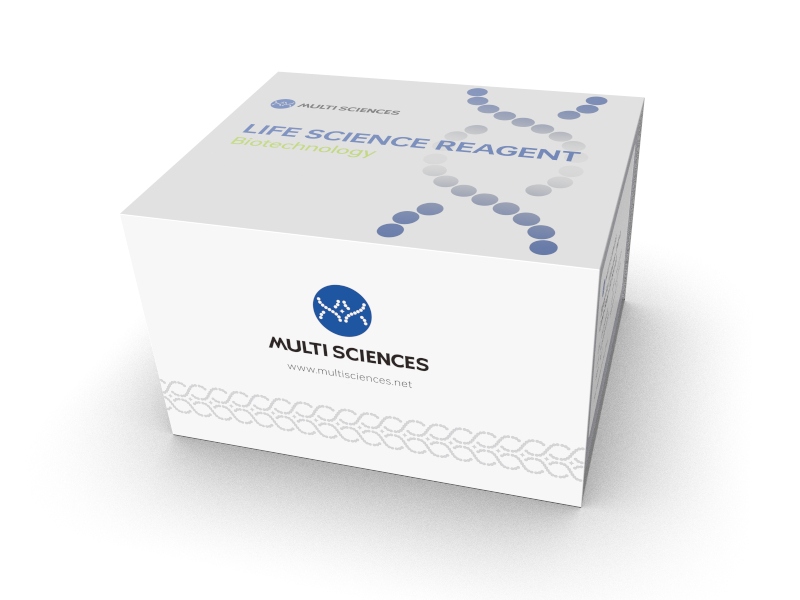
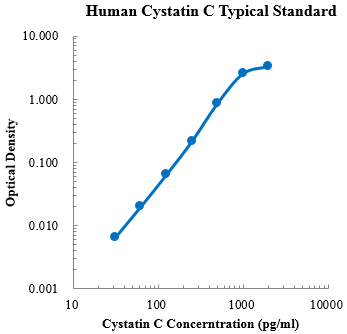
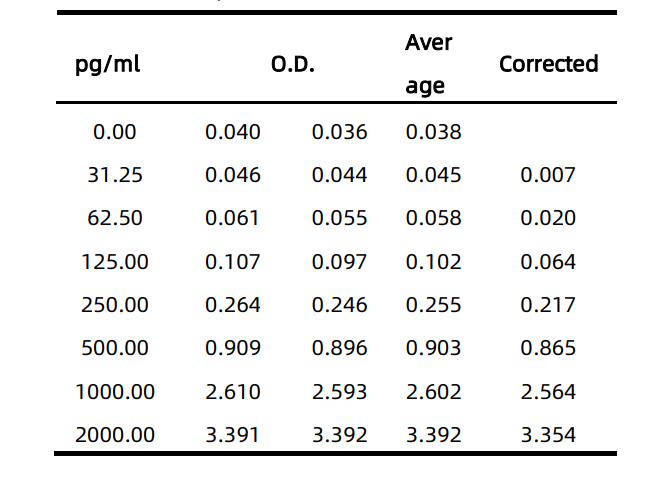

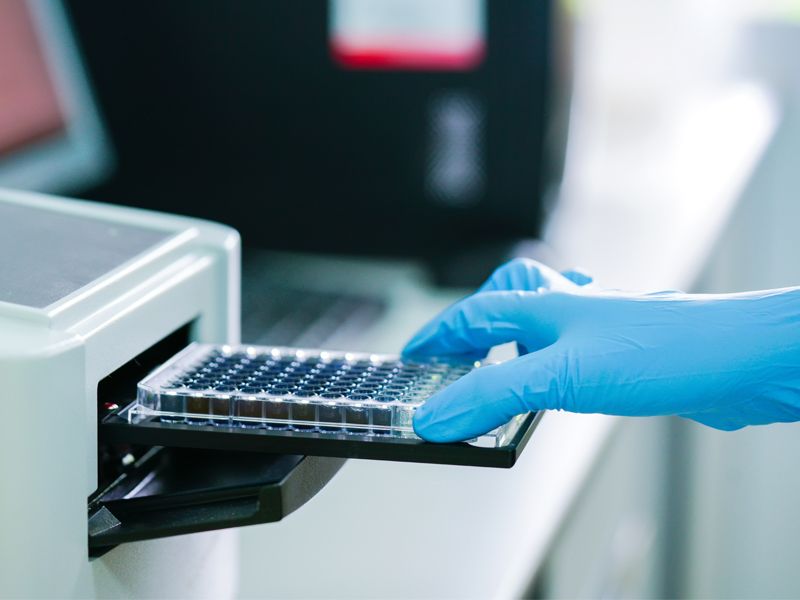
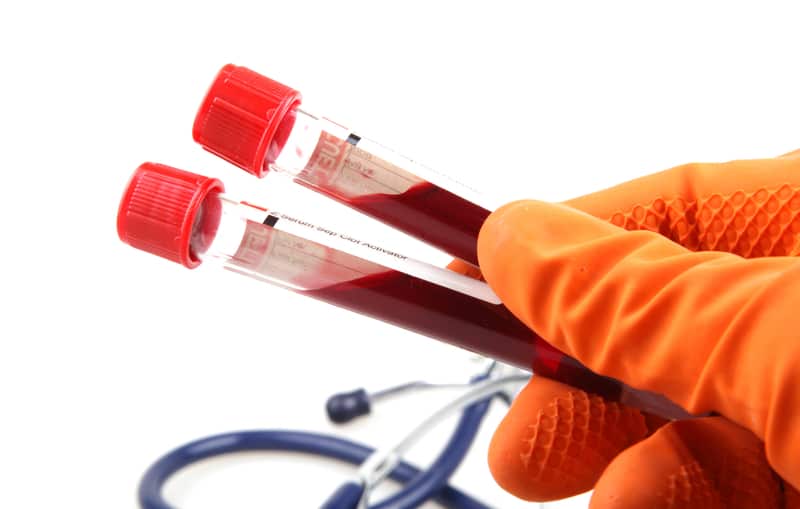
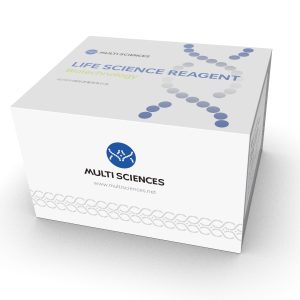
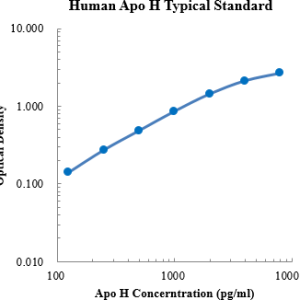
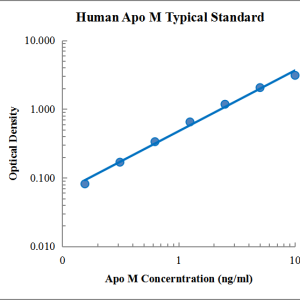
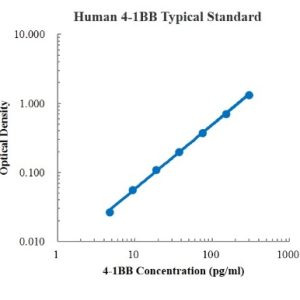
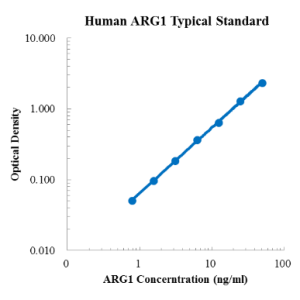
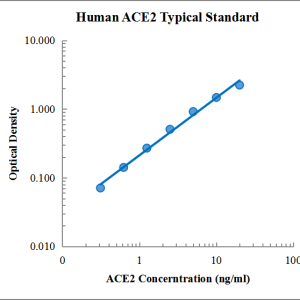
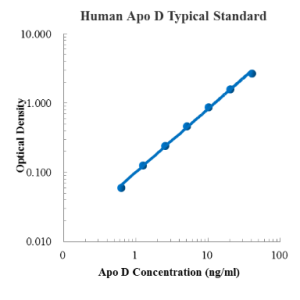
Reviews
There are no reviews yet.